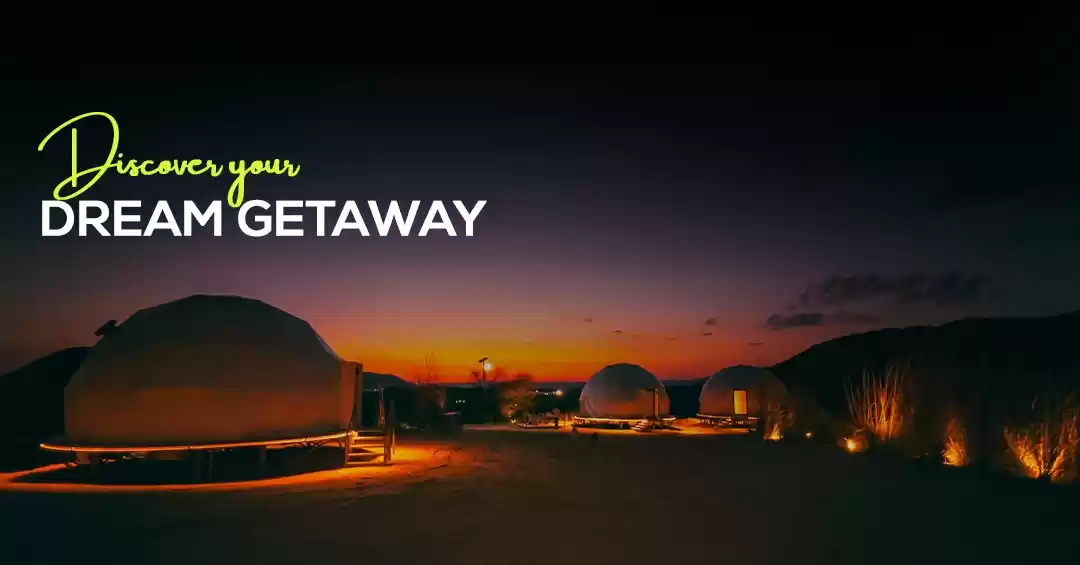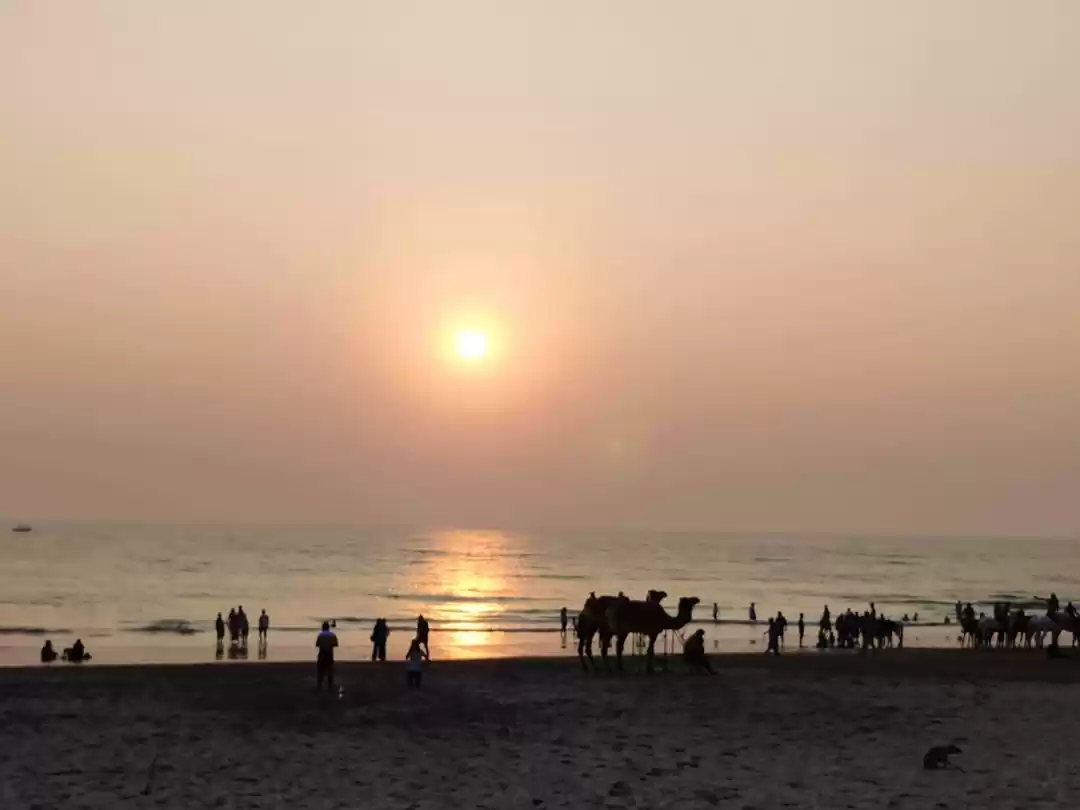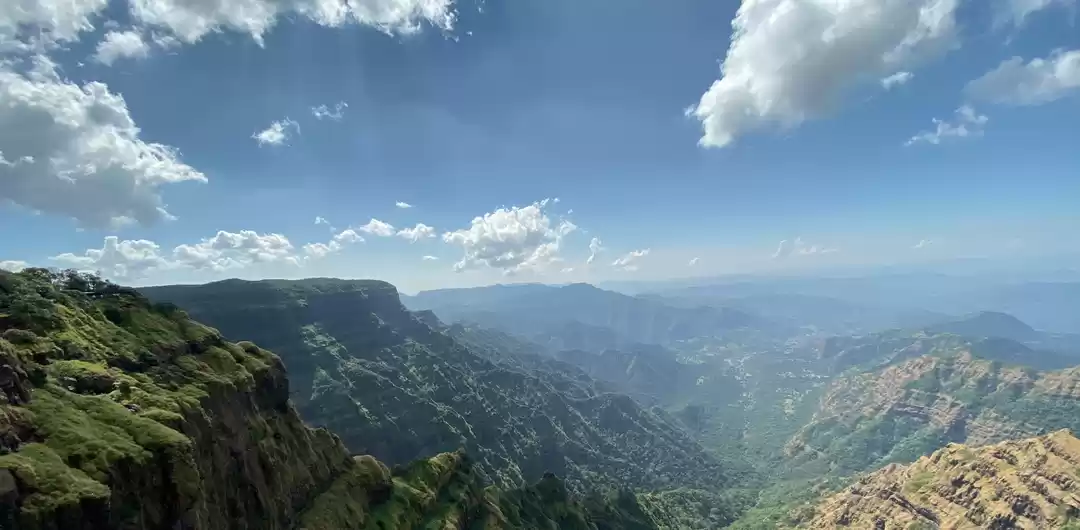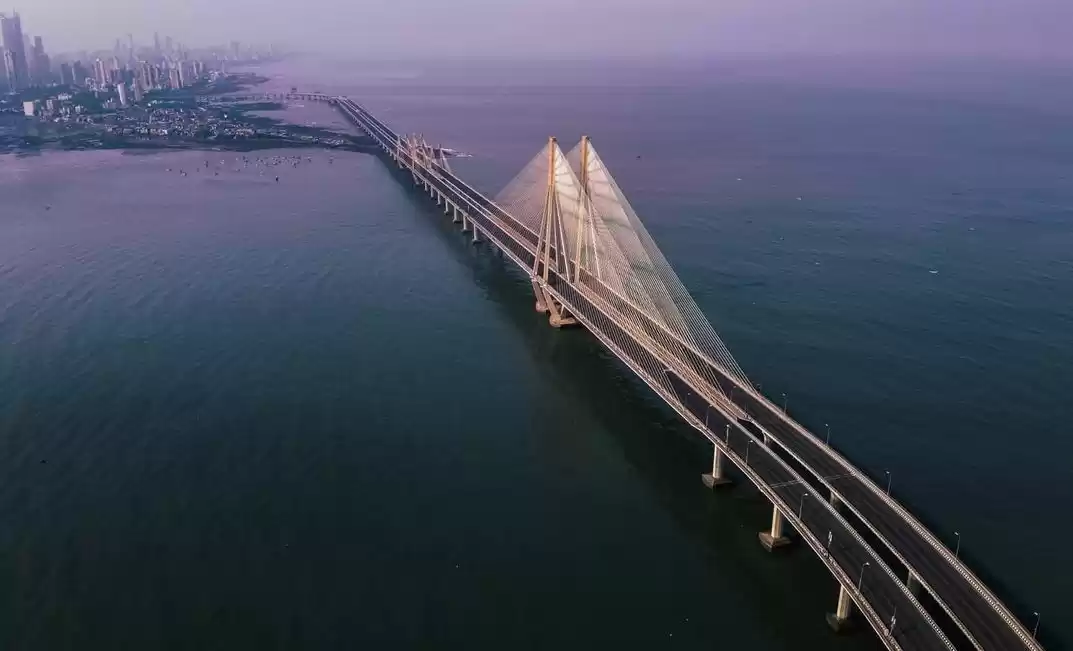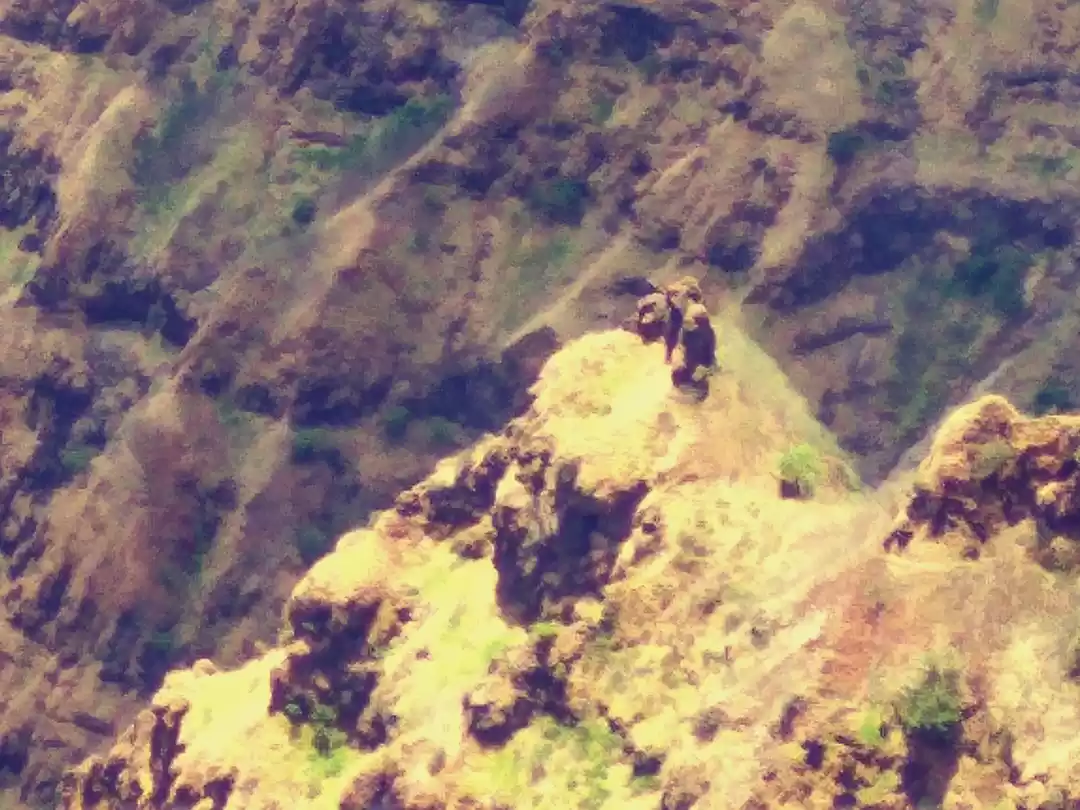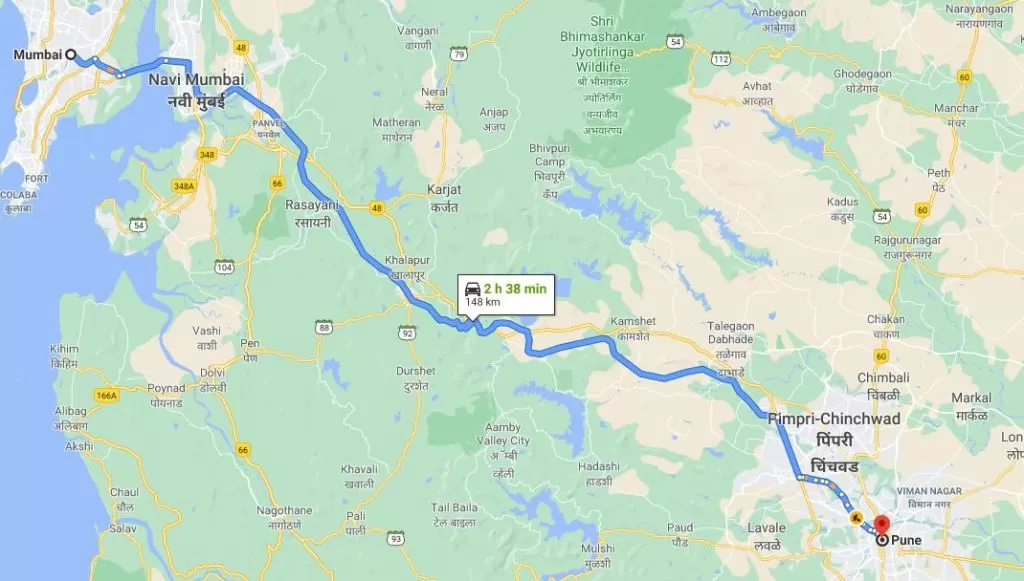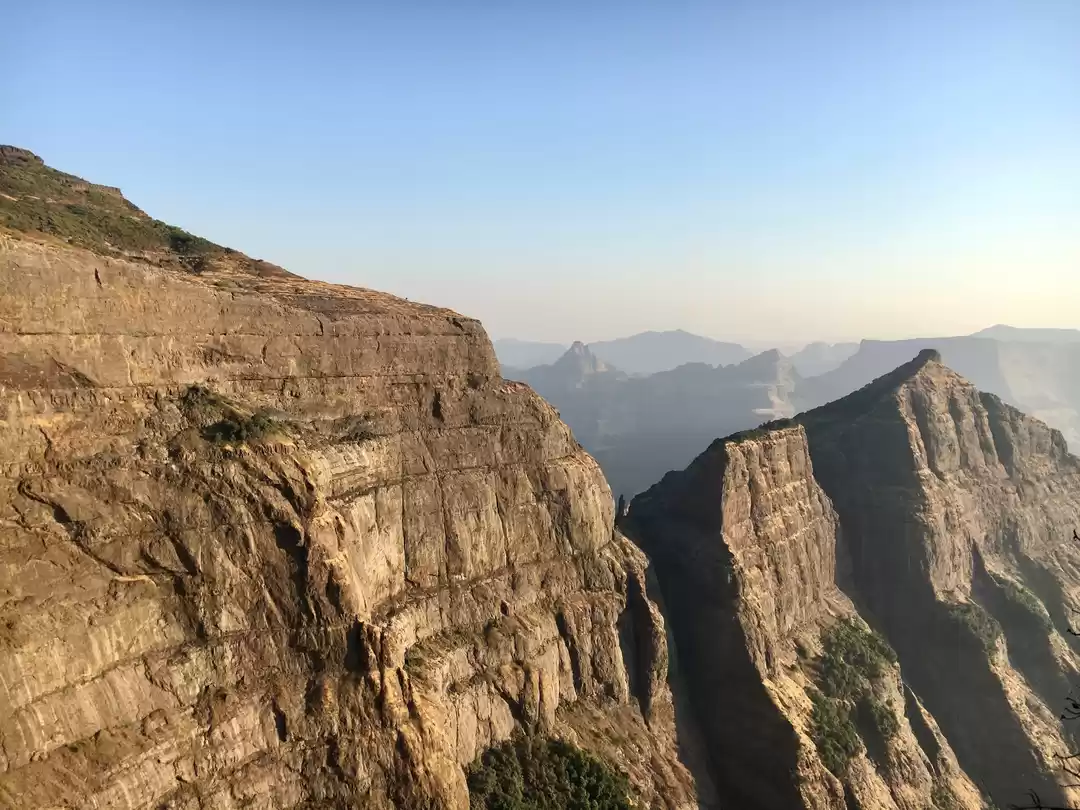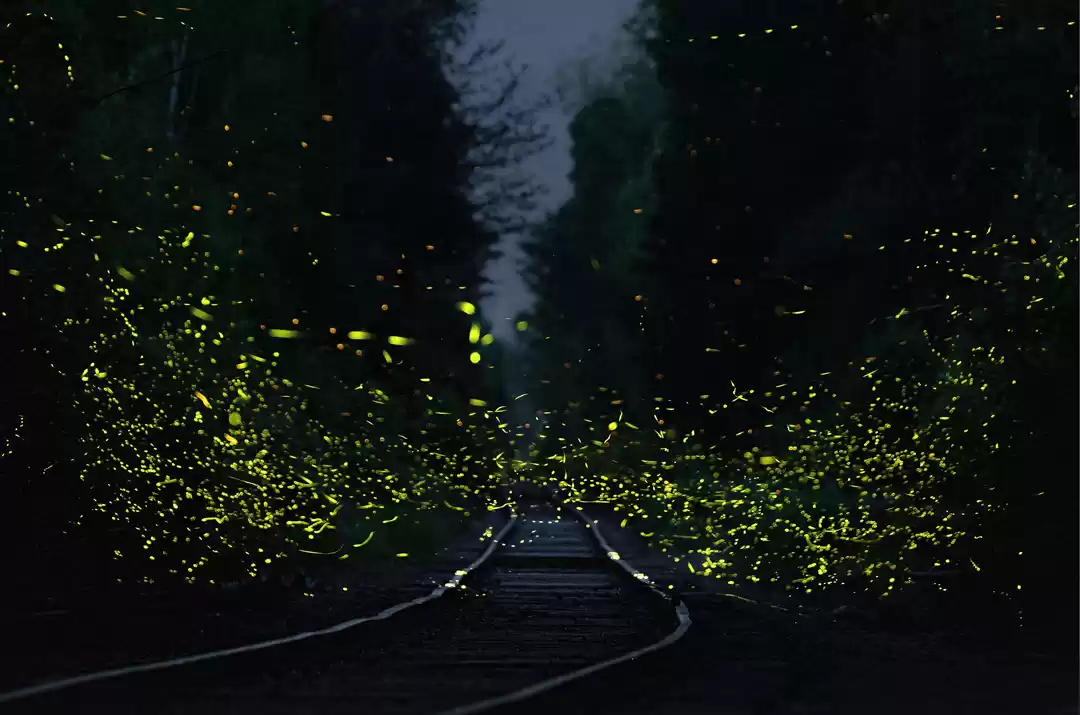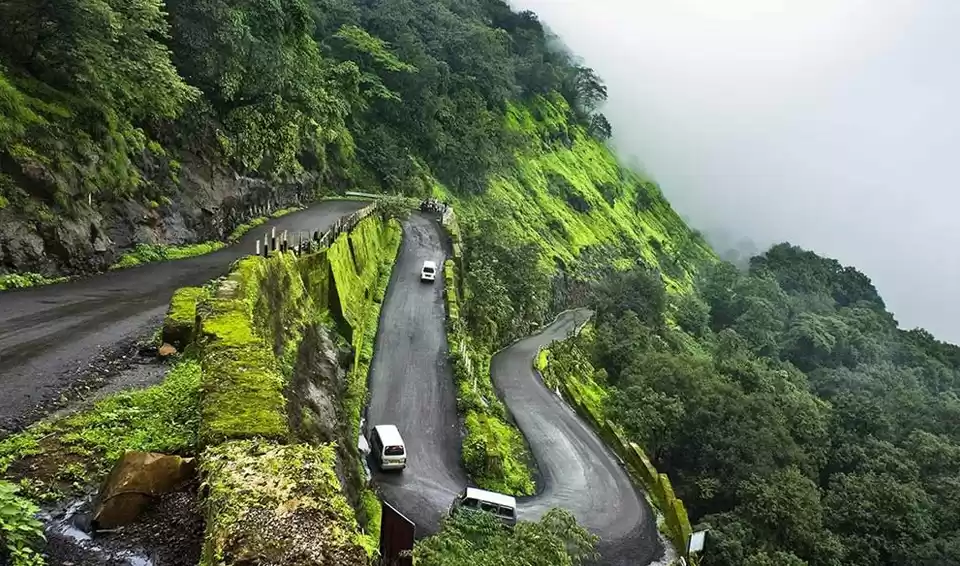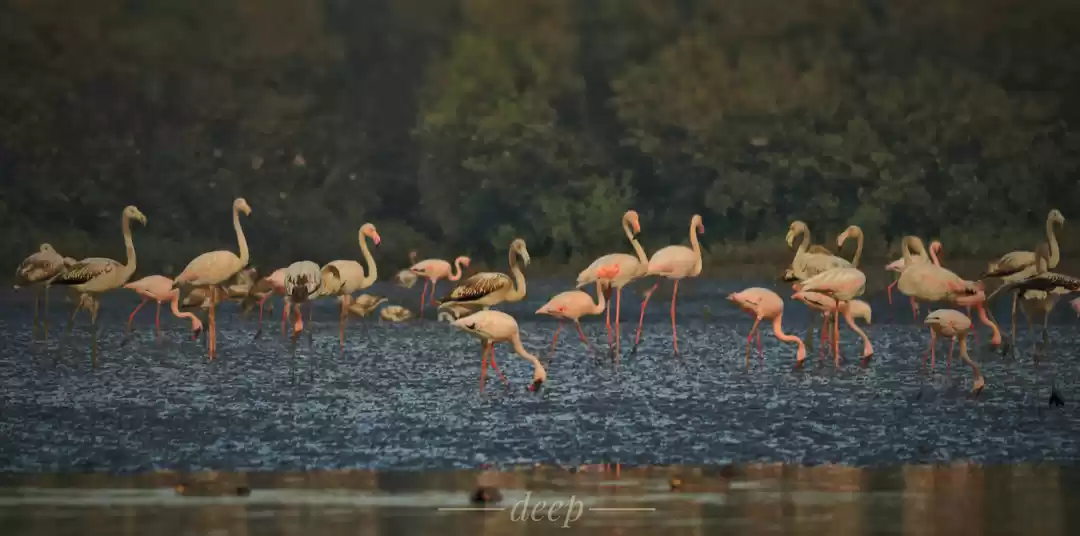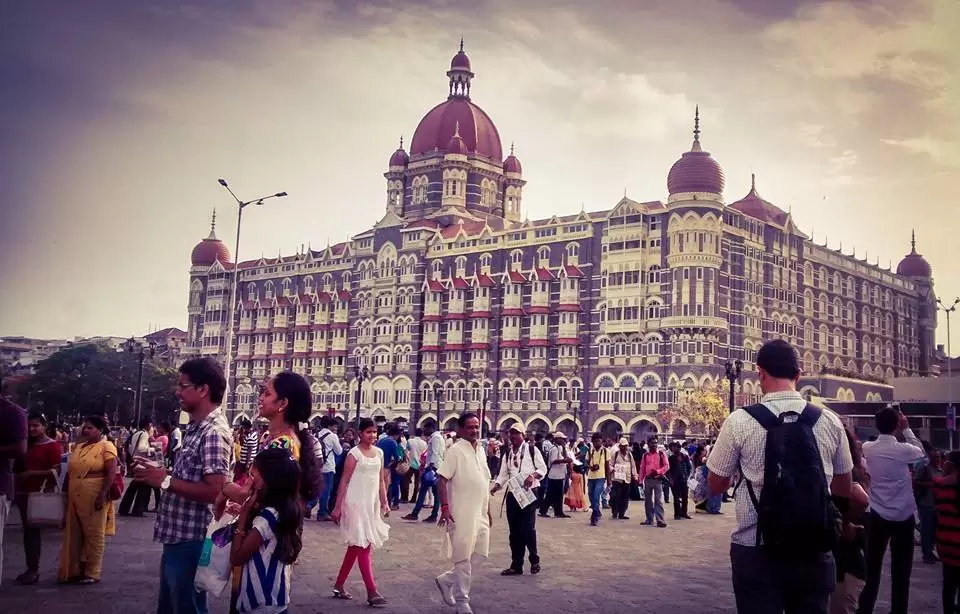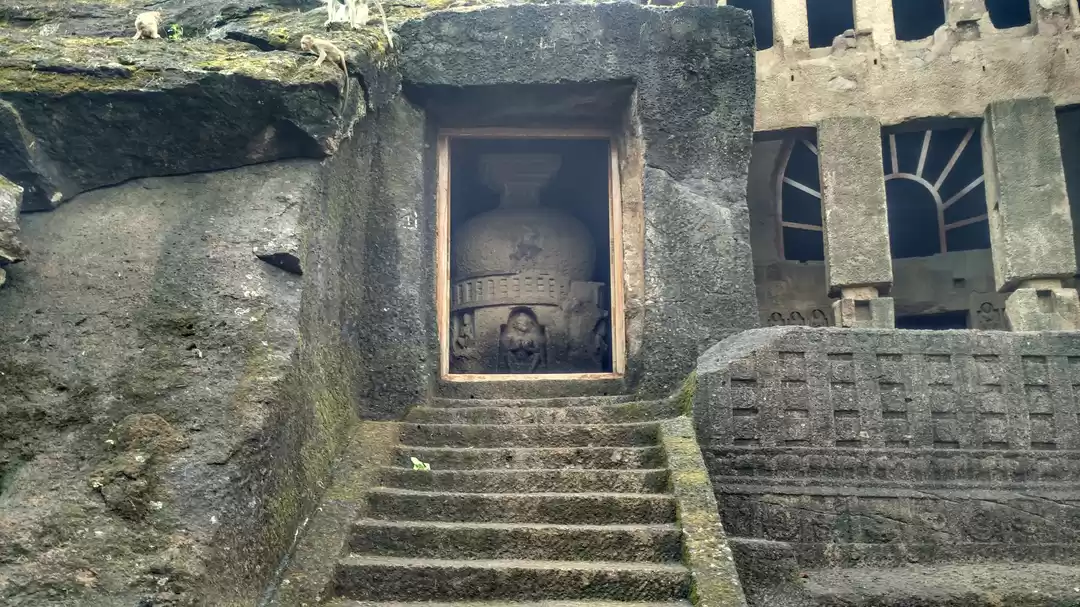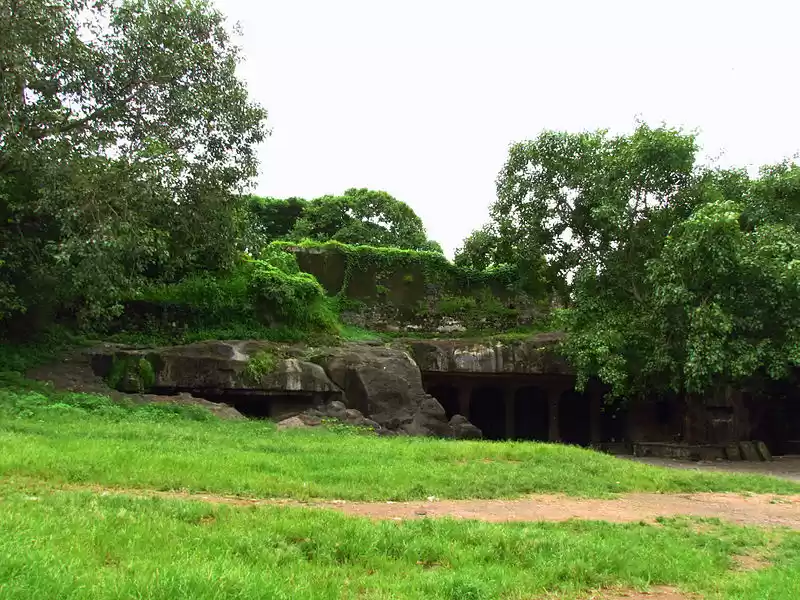
The park occupies most of the northern suburbs of Mumbai. To the west lie the suburbs of Goregaon, Malad, Kandivali, Borivali and Dahisar. To the east lie the suburbs of Bhandup and Mulund. To the south lies the Aarey Milk Colony and the university campus of IIT Bombay. The northern reaches of this forest lie in Thane city. The park and these areas surrounding it, except Thane city are all part of Mumbai. It is the only protected forest located within the limits of a city.[9]
The region is hilly with elevations between 30 and 480 m (98 and 1,575 ft). The park has two lakes, Vihar Lake and Tulsi Lake, which meet a part of the city's water requirements. The park is said to be the lungs of the city as it purifies much of the air pollution of the city.
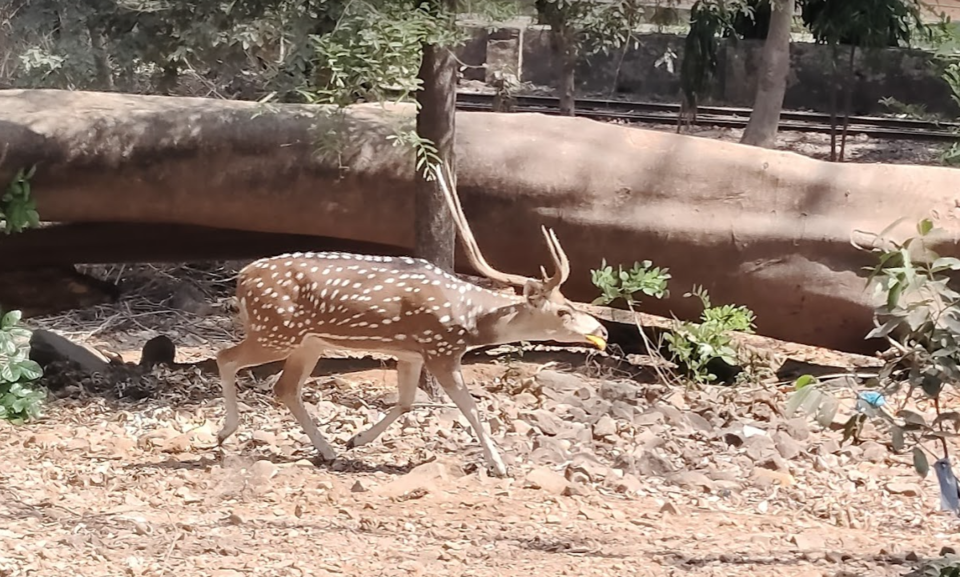



The Trip to Sanjay Gandhi National Park, Mumbai is a must activity on your Mumbai To-Do List. The Park is situated in Borivali Area of Mumbai which is around 30 km from the Airport & 2 km from Borivali Railway station.
Sanjay Gandhi National Park is a 87 km2 (34 sq miles) protected area in Mumbai, Maharashtra State in India. It was established in 1969 with headquarters at Borivali. The 2400-year-old Kanheri caves sculpted by monks out of the rocky cliffs, lie within the park. The rich flora and fauna of Sanjay Gandhi National Park attract more than 2 million visitors every year.
The park occupies most of the northern suburbs of Mumbai. To the west lie the suburbs of Goregaon, Malad, Kandivali, Borivali and Dahisar. To the east lie the suburbs of Bhandup and Mulund. To the south lies the Aarey Milk Colony and the university campus of IIT Bombay. The northern reaches of this forest lie in Thane city. The park and these areas surrounding it, except Thane city are all part of Mumbai. It is the only protected forest located within the limits of a city.
The region is hilly with elevations between 30 and 480 m (98 and 1,575 ft). The park has two lakes, Vihar Lake and Tulsi Lake, which meet a part of the city's water requirements. The park is said to be the lungs of the city as it purifies much of the air pollution of the city.
The park is home to a number of endangered species of flora and fauna. The forest area of the park houses over 1,000 plant species, 251 species of migratory, land, and water birds, 5,000 species of insects, and 40 species of mammals. In addition, the park also provides shelter to 38 species of reptiles, 9 species of amphibians, 150 species of butterflies, and a large variety of fish.
A variety of Flora is also found here like the Kadamba, teak, karanj, shisham, and species of acacia, ziziphus, euphorbia, flame of the forest, red silk cotton tree, and a number of other varieties of flowers.
Sanjay Gandhi National Park is said to be one of the most visited national parks in Asia. According to estimates, around 2 million visitors visit this park annually. Collection at the gates in November 2004 touched ₹9.8 million (US$130,000).
Activities to do here:
1. Cycling
2. Camping
3. Forest Safari
4. Trekking
5. Picnic
6. Boating
Places to Check-out:
1. Gandhi Tekdi
2. Boating Pond
3. Kaneri caves
4. Railway ride
5. Animal Safari



